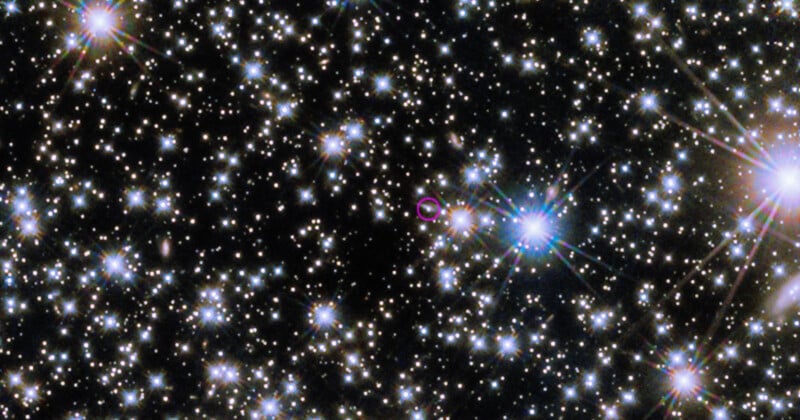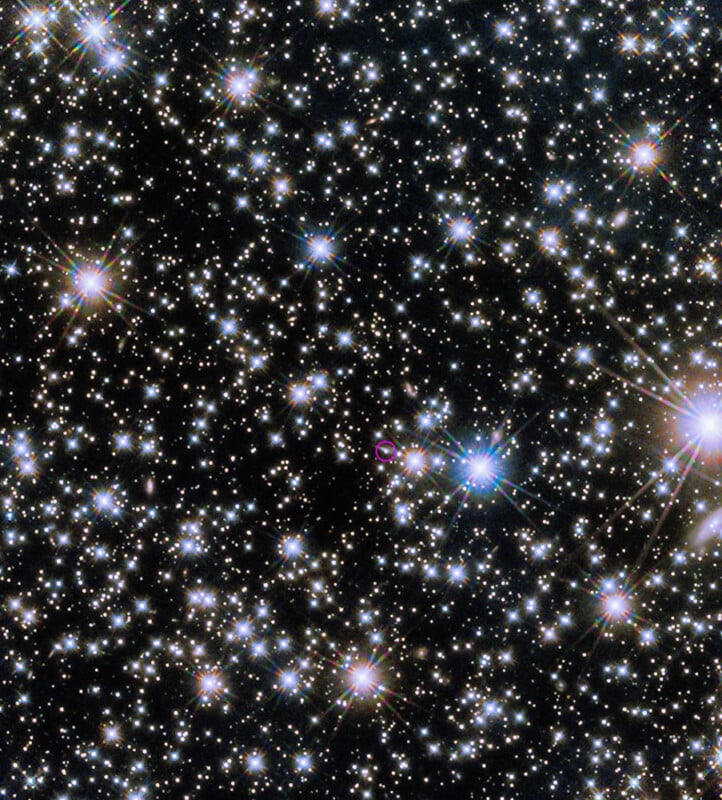Hubble Captures Afterglow of the Most Powerful Gamma-Ray of all Time

Last October, a burst of gamma-ray light hit Earth that was so strong scientists believe it was the brightest to ever hit human civilization — dubbing it the BOAT (brightest of all time).
The Hubble Space Telescope has captured the afterglow of the event which researchers believe was a one-in-10,000 year event.
Hubble’s Wide Field Camera 3 imaged the remnants of the gamma-ray burst, named GRB 221009A, which had been traveling for about 1.9 billion years before it reached Earth.
“It is just an absolutely monstrous burst. It is extremely extraordinary; we’ve never seen anything remotely close to it,” says Eric Burns, an assistant professor of physics and astronomy at Louisiana State University.
“The BOAT is a once-in-10,000-year event. So, there’s a reasonable chance this is the brightest gamma-ray burst to hit Earth since human civilization began.”
Why was the BOAT so Powerful?
Gamma rays, the most powerful source of energy in the universe but invisible to the human eye, are a regular occurrence in the cosmos with astronomers documenting over 12,000 of them to date but rarely do they hit Earth with such ferocity as the BOAT did last fall.
The BOAT saturated gamma-ray detectors and multiple space telescopes on Earth and that’s because whatever the source of the gamma-ray — it was pointed directly at us.

Searching for the Source
It’s believed that there are two different classes of gamma-ray bursts: the first are short bursts that last for mere seconds and longer ones that can go on for a few minites. The shorter bursts likely come from colliding neutron stars, while the longers bursts are fired from black holes being born when stars collapse and die.
The BOAT was a longer burst so NASA scientists expected to find a brightening supernova a few weeks after the gamma-ray hammered Earth — but that didn’t happen.
“We cannot say conclusively that there is a supernova, which is surprising given the burst’s brightness,” says Andrew Levan, a professor of astrophysics at Radboud University in Nijmegen, Netherlands.
“If it’s there, it’s very faint. We plan to keep looking but it’s possible the entire star collapsed straight into the black hole instead of exploding.”
Image credits: NASA, ESA, CSA, STScI, A. Levan (Radboud University); Image Processing: Gladys Kober.